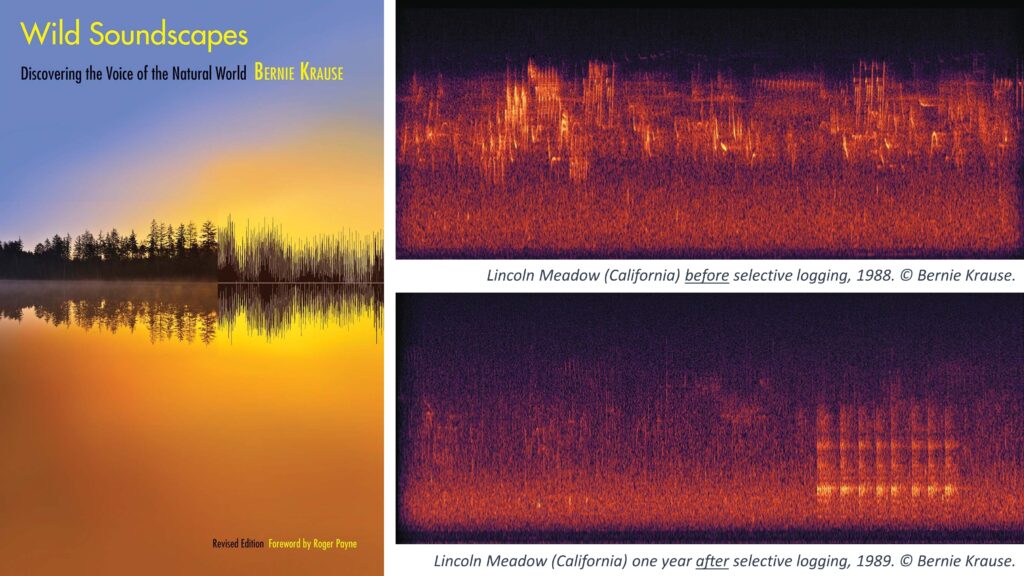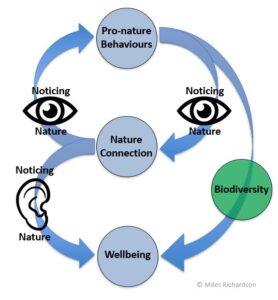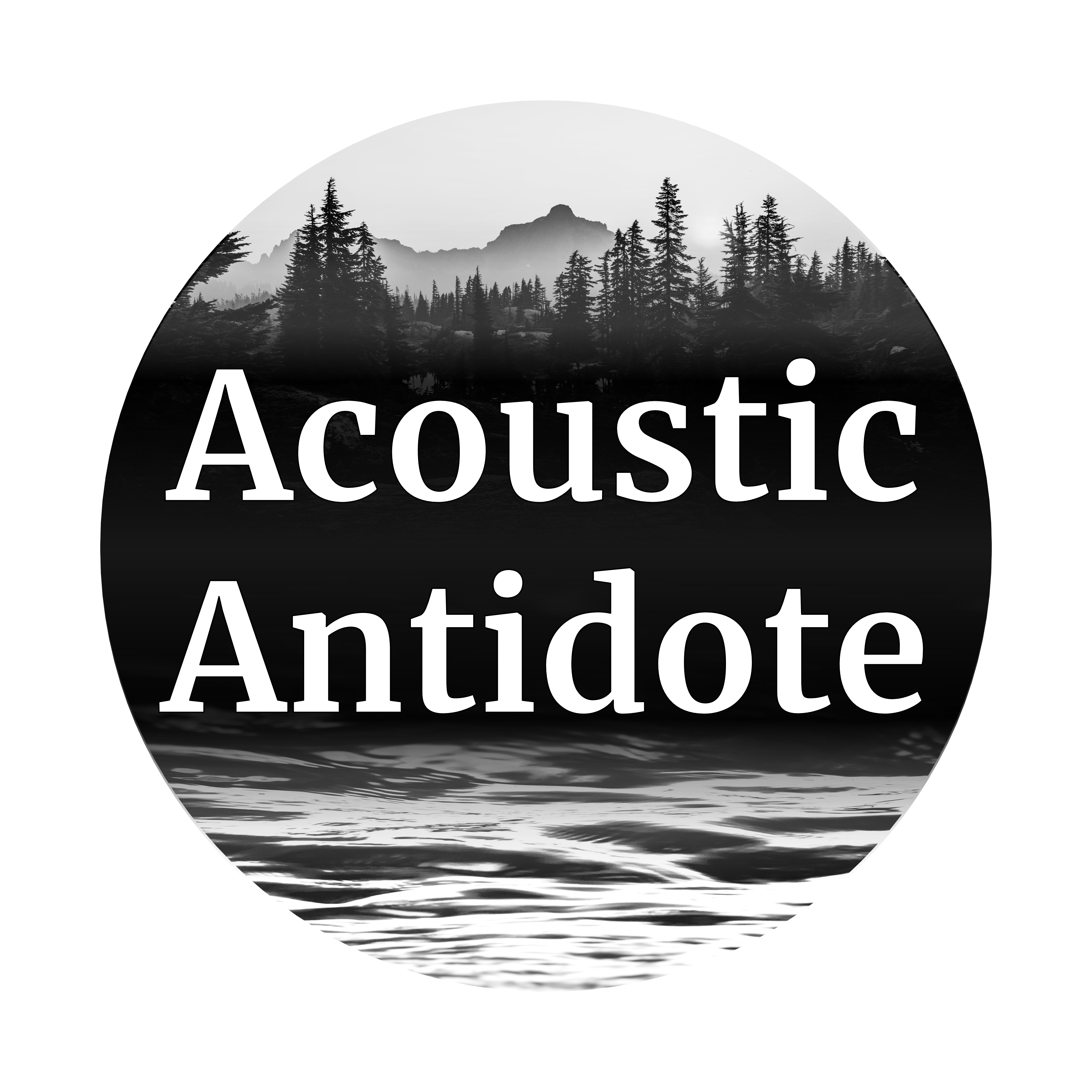
From forest bath to seaside walks, activities in natural environment have been widely acknowledged to be conducive to our wellbeing. Does listening to sounds of nature have a similar effect? One 2017 research from the University of Oxford led by Gould van Praag and her colleagues found convincing evidence through comparing the default mode network activity while listening to nature sounds and artificial sounds. The finding indicates that listening to nature sounds were accompanied by an increase in peak high frequency heart rate variability, which signifies an increase in the parasympathetic activity. In another words, it proves that listening to the sounds of nature turns on the part of our nervous system that participates in regulating rest and digest functions. With evidence as such, we at Acoustic Antidote can confidently explore and cultivate the potential of wellbeing effects of nature sounds.
Besides the enjoyment of nature sounds, have you ever wondered about where was it recorded, what species were you listening to, and what ecosystem were they inhabiting? That’s one missing piece of the puzzle that we believe is no less important than the wellbeing effect of nature sounds. In fact, we prefer to refer to them with the term ‘soundscape’, because within this audio recording it encloses a snapshot of a whole ecosystem at a point in time. Trained acoustic ecologists can detect whether an ecosystem is well functioning or under distress from just analyzing the sound profile of such recordings. In the book, Wild Soundscapes: Discovering the Voice of the Natural World, sound ecologist Bernie Krause used a classic example of selective logging to illustrate that, through spectrogram analysis, it appears certain species’ frequency signature are missing after logging. From a visual point of view, the difference in such a forest might not be apparent, but through the lens of soundscape ecology, it is revealed to be no longer habitable for certain species that previously have called it home!


Therefore, at Acoustic Antidote, we believe it would be unfair to only harvest the wellbeing effect of nature sounds while ignoring the ecological significance behind them. It is through paying attention, having a meaningful engagement with the ecosystem through nature soundscapes, that we can foster this symbiotic relationship where both humans and the environments are cared for. This ethos is the guiding principle of how we choose to collect and present the soundscape experience here. There are three main ways the nature soundscapes are presented in this section:
- Individual soundscapes: complemented with rich background information such as the person who recorded the audio, the location, the climate, the species heard, the condition of the ecosystem, etc. They all together serve as a rich set of contexts for you to explore the soundscape in a meaningful way.
- Soundscape long edits with smooth transitions: this type of content will utilize the aspect of soundscape’s wellbeing effect while being played in the background. It requires less engaged attention and functions more as an ambient backdrop.
- Soundscapes mixed with music: this method converges with many ambient musician’s approaches to sample nature sounds in their musical creations. Combining the nature soundscapes with music that suits its ecological context and motif helps to maximize the wellbeing effects.
